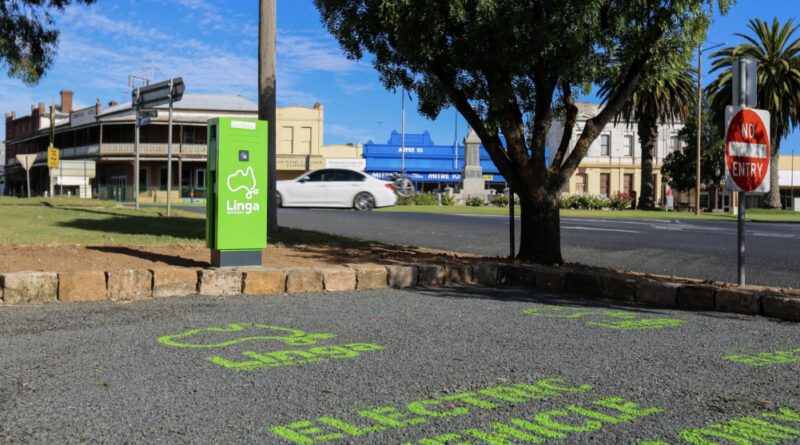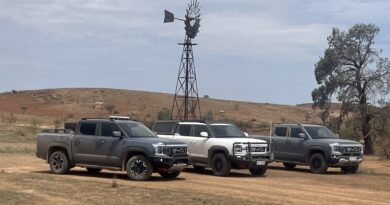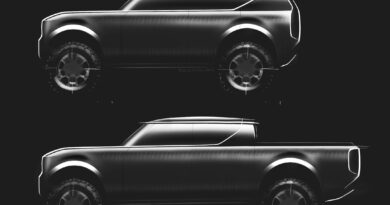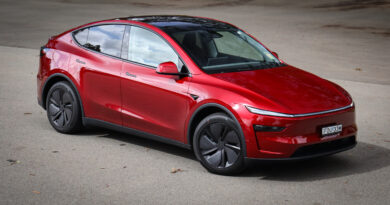Slow down in EV fast charging ‘goldrush’: Linga Networks
The rollout of EV charging networks across the country needs more thought and a connected approach, according to one of the companies playing a key role in its expansion.
Linga Networks founder Adrian Kinderis says the current “goldrush” to install electric car charging points is tainted with a misunderstanding of requirements and old school thinking.
Kinderis says as a minimum the governments pouring hundreds of millions into EV charging networks need to create standards that would require boxes to be connected to a smart network for data collection.
“There’s a bit of a goldrush at the moment,” says Kinderis of the grab for government dollars, even likening it to the disastrous “pink batts” roof insulation installations that were linked to deaths due to the rush to take secure government grants.
FULL REPORT: Complete guide to rebates, discounts and incentives when buying an EV in Australia
EV FAQ: All your electric car questions answered
“Everyone’s running blindly to stake their claim.”
Connectivity key to EV charging infrastructure
Kinderis says as a minimum EV chargers should be connected to a network to allow data to be collected and analysed – not only as potential additional revenue stream but also to create a better user experience for the growing fleet of EV drivers.
While many EV chargers are already network connected – allowing EV drivers to check on availability – many aren’t, something Kinderis refers to as “petrol station thinking”.
“The experience of filling up your car at a petrol station has not really changed in 100 years.”
He says it’s time for governments to step in before it’s too late.
“By the government allowing these individual boxes to come up … you’re not providing the best use of the technology by having a network whereby we can interact and engage with each [EV charging] box,” says Kinderis.
“If I can create a solid network of connected boxes I can start to analyse the data output … and look to what is very, very important information: visitation, where did they go before they came to your box, where did they go after.”
With a background in IT – Kinderis established a business that sold internet domain names – he believes he is well positioned to be involved in the debate around the EV charging network.
He says network connected EV charging boxes are particularly relevant in regional areas, something Australia has no shortage of.
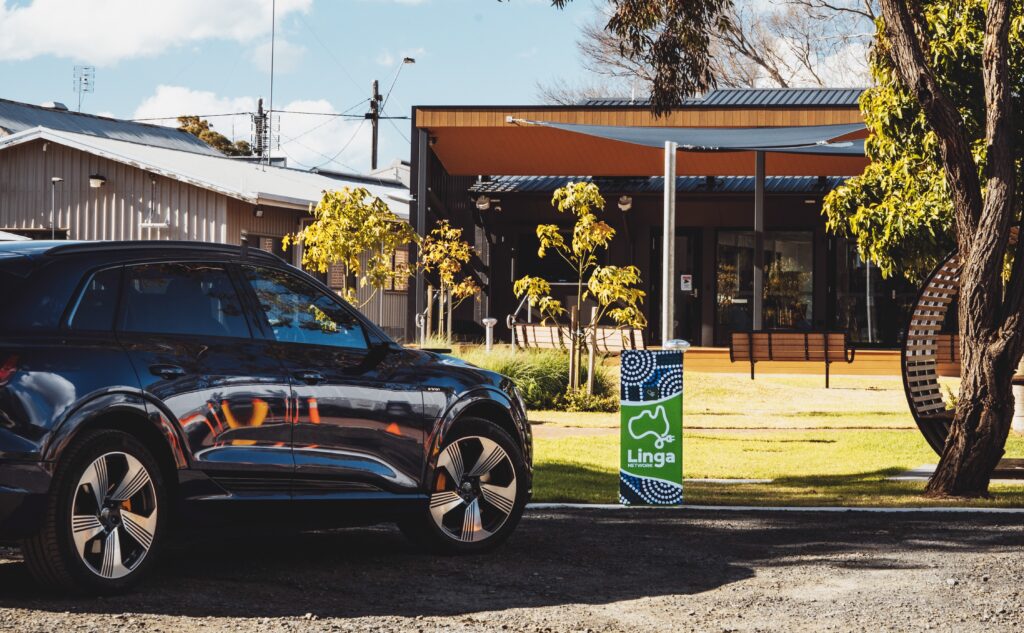
He says advertising and information could be tailored to EV drivers and help support local businesses and help councils understand more about how people travel through the region.
“That data is a valuable resource. To have 1000 [EV charging] stations in five years from now that are active with a couple of hundred thousand EVs on the road, that’s pretty powerful data flow.”
Used wisely – clearly privacy considerations would have to be taken into account – he believes there’s multiple uses for it, from vehicle manufacturers and governments to small businesses.
“The local businesses get support with that economic stimulus that’s provided through tourism and the consumer is presented with things to do while waiting for their car to charge.
“It becomes important from a tourism perspective and from a planning and infrastructure perspective.”
Data, revenue for EV charging
Key to a smart charging network is information and the potential for additional revenue streams, he says.
While government grants are helping install the early phases of the charging network, Kinderis believes the business model doesn’t stack up.
“Boxes are expensive, electricity is cheap … and there’s not enough cars on the road.”
He says rolling out EV chargers so government’s can “tick a box” is “stifling the ability for us to be bigger, faster, stronger as an industry because all we’re concerned about is putting in a box and making $5 per charge off that box”.
AC chargers as important as DC fast chargers
Kinderis also believes there is a misunderstanding about the installation costs and usage of slower AC chargers and faster DC chargers.
Calling for a “hub and spoke” approach he believes the two need to work together, with DC chargers in strategic locations – including major freeways – and cheaper-to-install AC chargers where they make sense.
EV FAQ: What’s the difference between AC and DC charging?
Returning to the petrol station analogy, he likens putting a DC fast charger in every small regional town as akin to plonking a 20-bowser truck stop where it’s unlikely to be utilised.
He believes some councils don’t understand the pros and cons, particularly with circa-$500,000 installation costs of ultra-rapid 350kW DC chargers.
“The economics don’t stack up, so we need to grow up a little bit,” says Kinderis, arguing that “AC [charging] infrastructure has a place, it is important.”
“It’s about putting the right infrastructure at the right location.”
Is it too late to contain the EV charging rush?
Absolutely not, says Kinderis, who says the industry is in its embryonic stage.
“Australia is a bloody big place and we are nowhere near scratching the surface of the infrastructure that will be required.”
But he says now is the time to take a breath and for governments to stand up and create the regulatory backbone for an industry that will form a key part of the EV infrastructure moving forward.
“When a tsunami comes it sucks all the water back from the beach before the big wave,” says Kinderis. “I feel like we’re standing on the beach right now and trying to work out how big a board we’re going to need to ride this thing in.”

